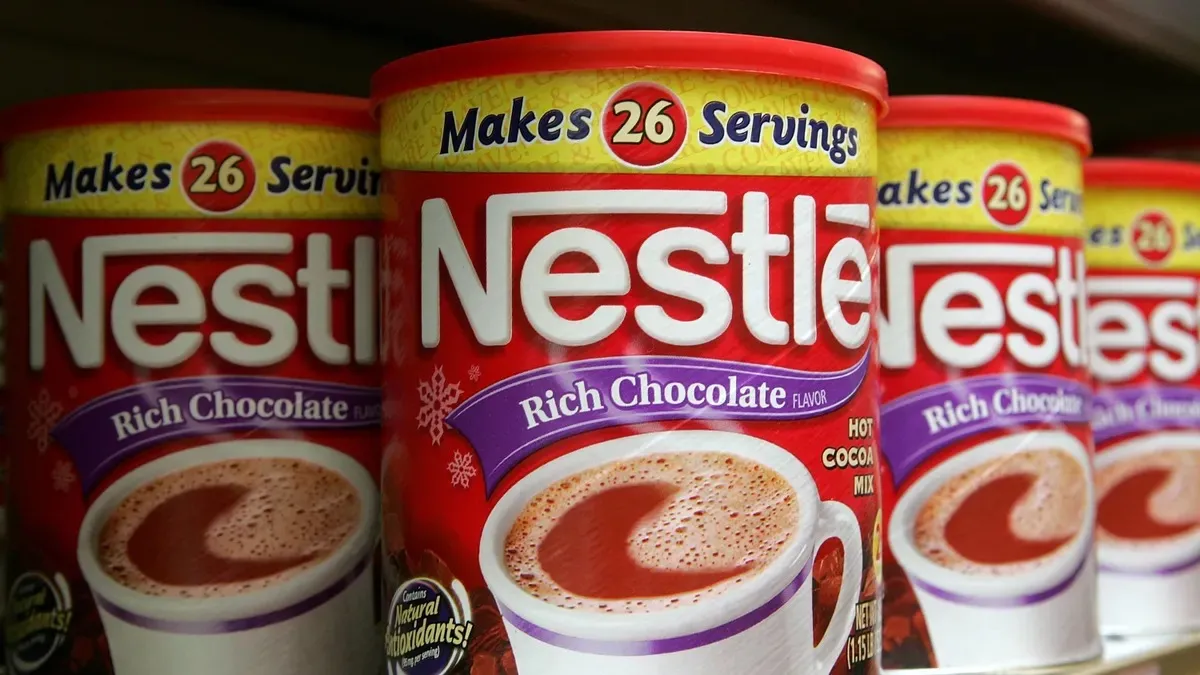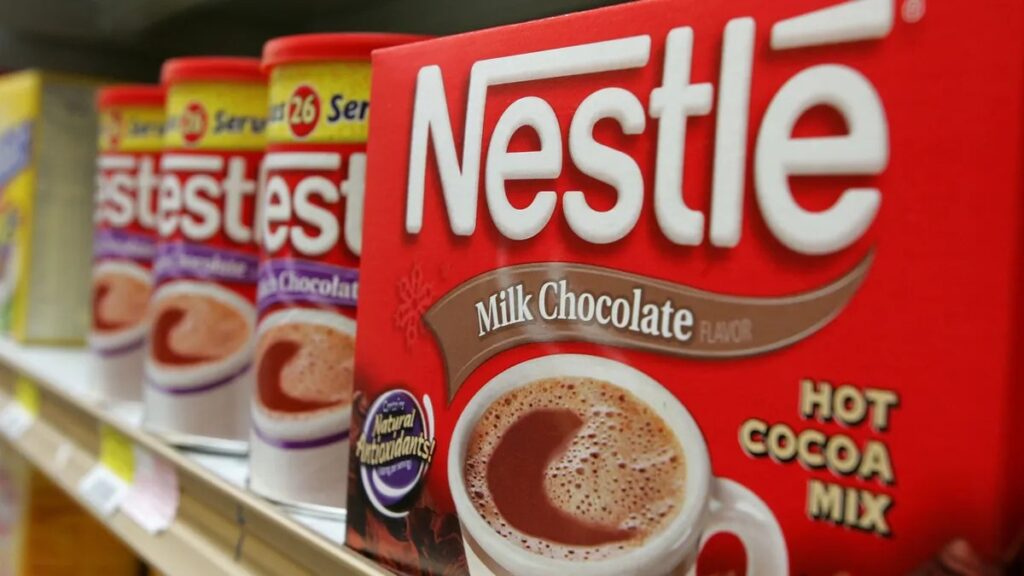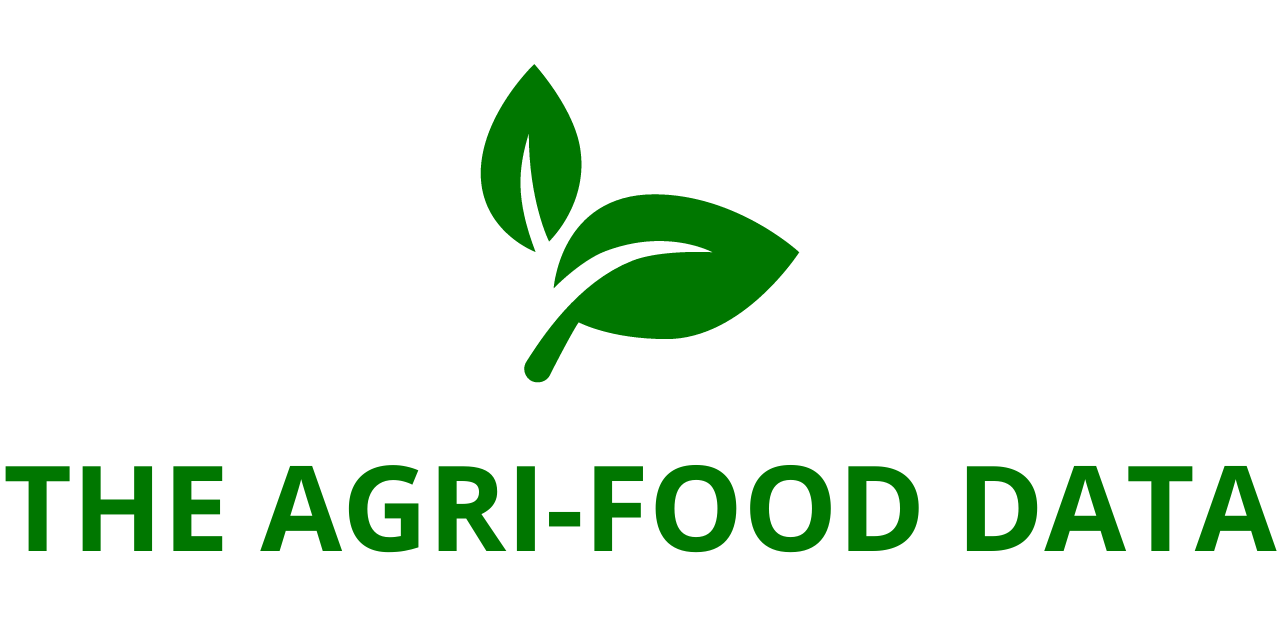
In a significant move aimed at transforming its digital content strategy, Nestlé has unveiled a powerful new in-house service that leverages cutting-edge artificial intelligence and digital twin technology to generate product content at scale. The new system is designed to support Nestlé’s eCommerce and digital marketing efforts across a broad range of online platforms, from social media to streaming services.
At the heart of this innovation lies a sophisticated digital twin framework developed on the NVIDIA Omniverse platform and powered by OpenUSD (Universal Scene Description). Digital twins are ultra-realistic 3D virtual models of Nestlé’s physical products—packaging, labeling, design, and all. By digitizing thousands of its most popular products into these accurate replicas, Nestlé can now create and adapt content without the need for physical reshoots, saving time, cutting costs, and dramatically increasing content output.
This advanced system allows Nestlé to seamlessly customize product packaging for various marketing formats and seasonal campaigns. For example, a digital twin of a Nescafé jar can be instantly modified for holiday-themed campaigns or adapted for a localized ad in a new market—all virtually, without ever needing a physical product shoot. This allows Nestlé to quickly produce tailored content for different regions and retail platforms, meeting the growing demand for diverse and dynamic ad formats across channels like Instagram, TikTok, YouTube, and connected TV apps.
Nestlé’s new AI-powered content service was developed in partnership with Accenture Song, and it relies on NVIDIA Omniverse for rendering and managing the 3D environments and NVIDIA AI Enterprise to enhance creative workflows through generative AI. The system runs on Microsoft’s cloud infrastructure, ensuring the performance, security, and scalability required to support global operations.
The initiative represents a major step forward in Nestlé’s digital transformation journey. The company is scaling the technology across its global operations, bringing these AI tools directly into the hands of marketers and creative professionals. The system is integrated into Nestlé’s Integrated Marketing Services (IMS)—a network of 250 marketing specialists based in seven global hubs. These teams are focused on scaling and localizing content using digital twins and AI tools. Additionally, Nestlé has 45 content studios worldwide that support creative production for both global and local brands, now supercharged by this new capability.
Currently, Nestlé has already built a foundational library of 4,000 digital twin master files, primarily for its major international brands. The company has set an ambitious goal to expand this to 10,000 digital twins within the next two years. These 3D models will span both global and regional product lines, enabling faster time-to-market and greater agility in adapting content to different audiences, geographies, and trends.
By adopting digital twin technology and generative AI, Nestlé expects to cut the time and costs associated with scaling creative content by more than 70%. That means the company can produce more assets, at higher quality, and at a fraction of the previous cost. It also provides the flexibility needed to meet the rapidly evolving needs of today’s digital-first consumers.
David Rennie, Head of Strategic Business Units, Marketing and Sales at Nestlé, highlighted the strategic importance of the new content platform. “We want to connect with consumers where they are and how they want, with the right message at the right time,” Rennie said. “That means providing engaging content in multiple formats to fit the wide variety of online media platforms and formats available. Our new content organization means we can do more with the talented teams we have, leveraging their skills to produce high-quality, consistent, scalable content supported by AI digital assistants and digital twin technologies. This is a big step forward in our journey to reimagine content creation and deliver exceptional digital experiences.”

Nestlé’s investment in AI and digital twins is part of a broader commitment to accelerate its digital transformation across all aspects of its business. The company is focused on increasing customer and consumer personalization at scale, driven by data and enhanced by AI. To support this vision, Nestlé has built a robust digital infrastructure, amassing over 340 million first-party data records and directing 72% of its media spend toward digital platforms.
This approach has already paid dividends. Over the past five years, Nestlé has more than doubled its online sales, consistently outpacing the growth of the overall digital retail channel. The company is on track to generate nearly 20% of total sales from online sources, reflecting strong demand for digital engagement and convenience among its consumers.
By combining AI, data, and creative tools into one integrated content engine, Nestlé aims to deliver more personalized, engaging, and meaningful experiences for consumers around the globe. The use of digital twins not only enhances the speed and flexibility of content production but also ensures greater consistency and brand integrity across a multitude of touchpoints—from eCommerce listings and social media ads to immersive virtual experiences.
This move positions Nestlé as a frontrunner in the digital transformation of consumer goods marketing. As consumers increasingly demand rich, personalized, and instantly accessible content, Nestlé’s AI-powered platform ensures the company is well-equipped to deliver—while also empowering its teams to innovate, experiment, and respond to trends in real-time.
As the world’s largest food and beverage company, Nestlé’s adoption of AI and digital twin technology is likely to influence the broader industry. It sets a new standard for how brands can approach content production in the digital age—driven by data, fueled by creativity, and scaled through technology.
With its new service now rolling out across markets, Nestlé is not just enhancing its marketing capabilities—it’s redefining what it means to create and communicate with consumers in a hyper-connected, always-on world.





